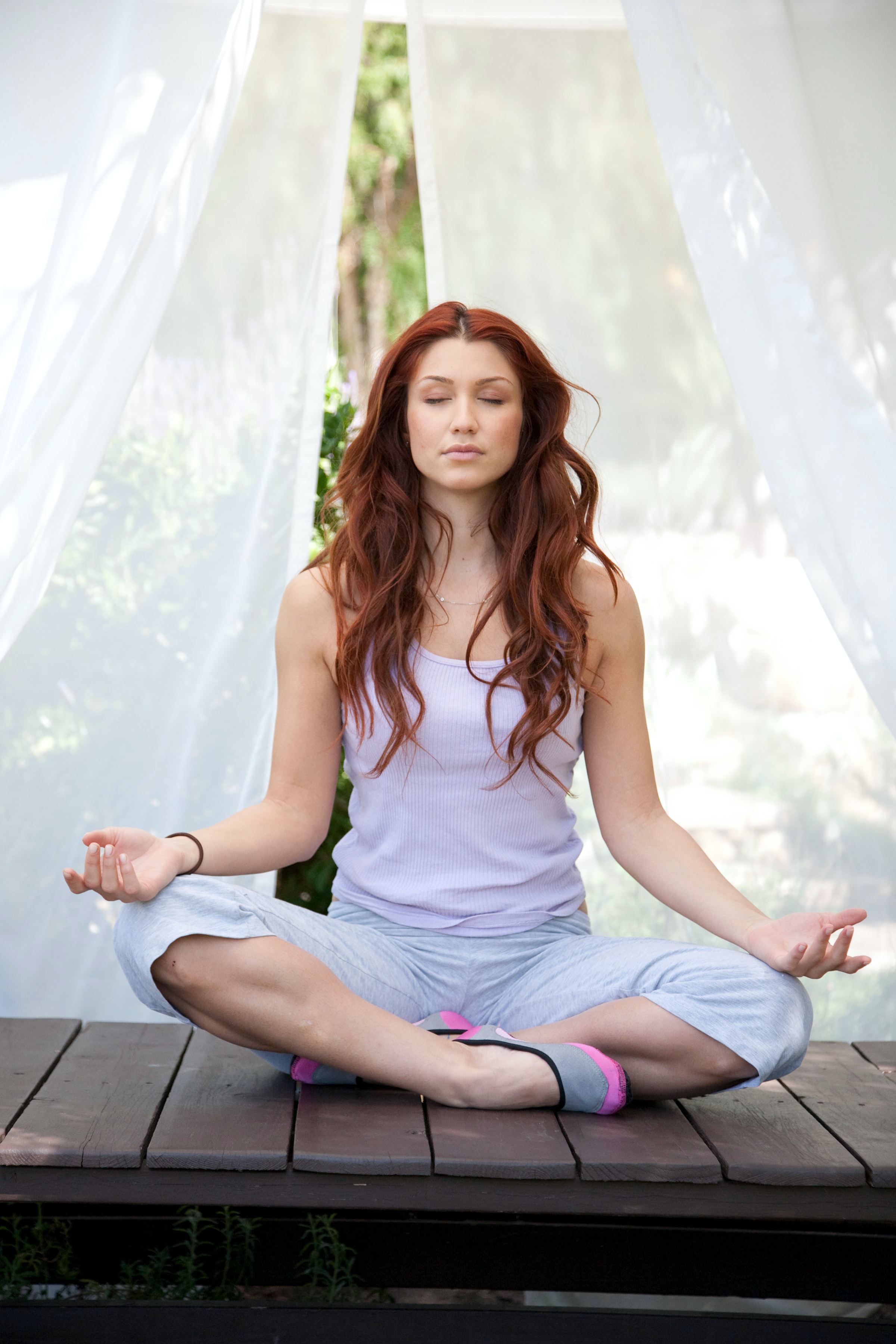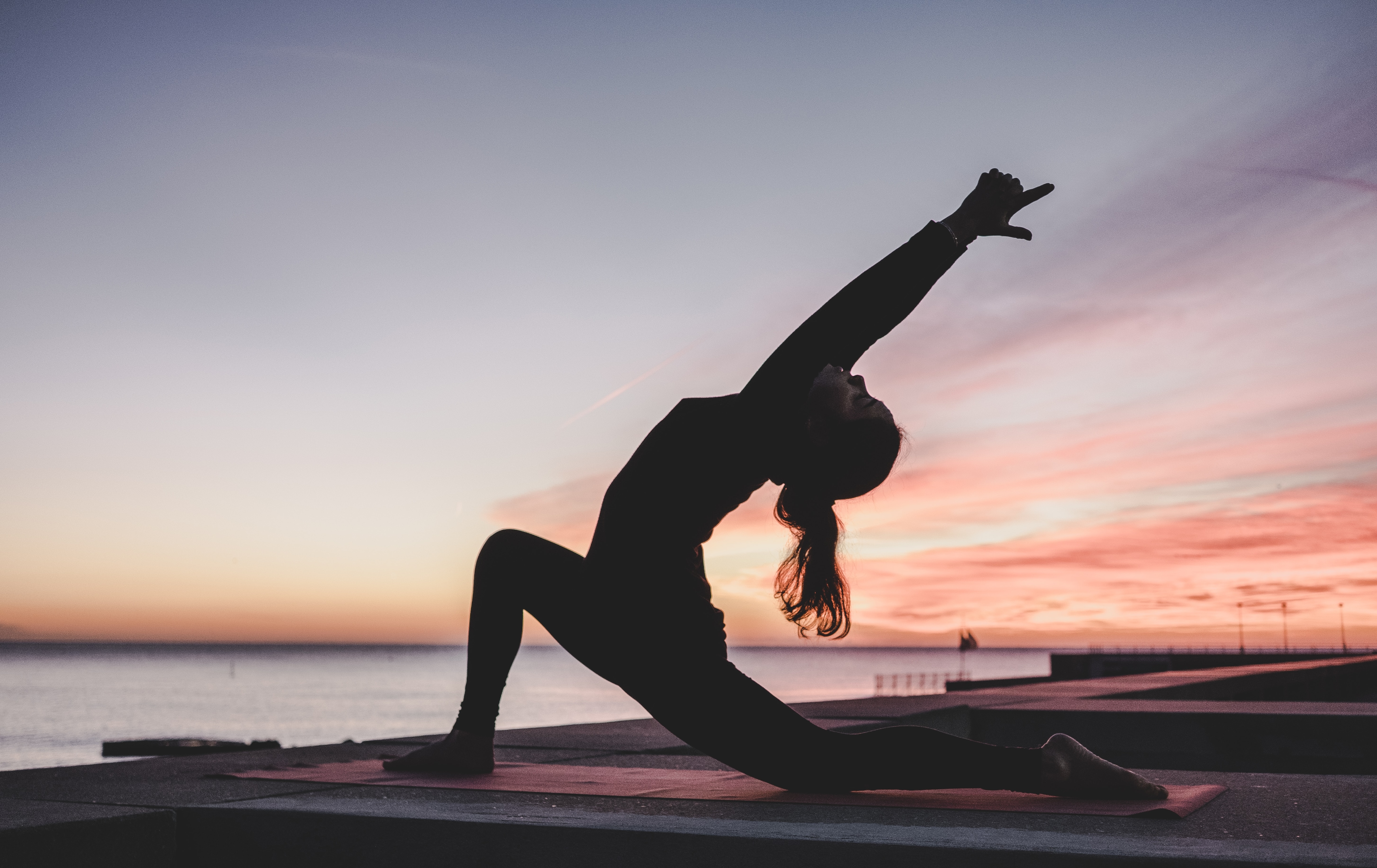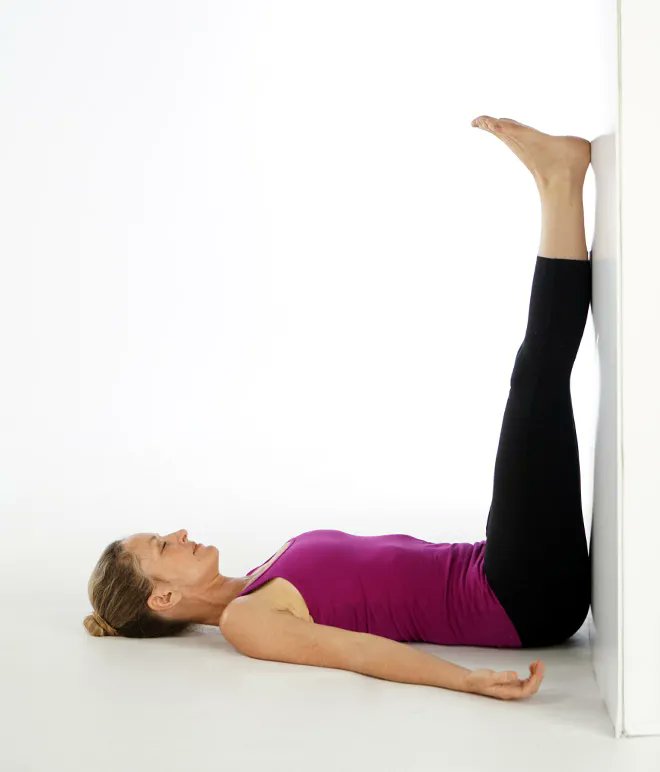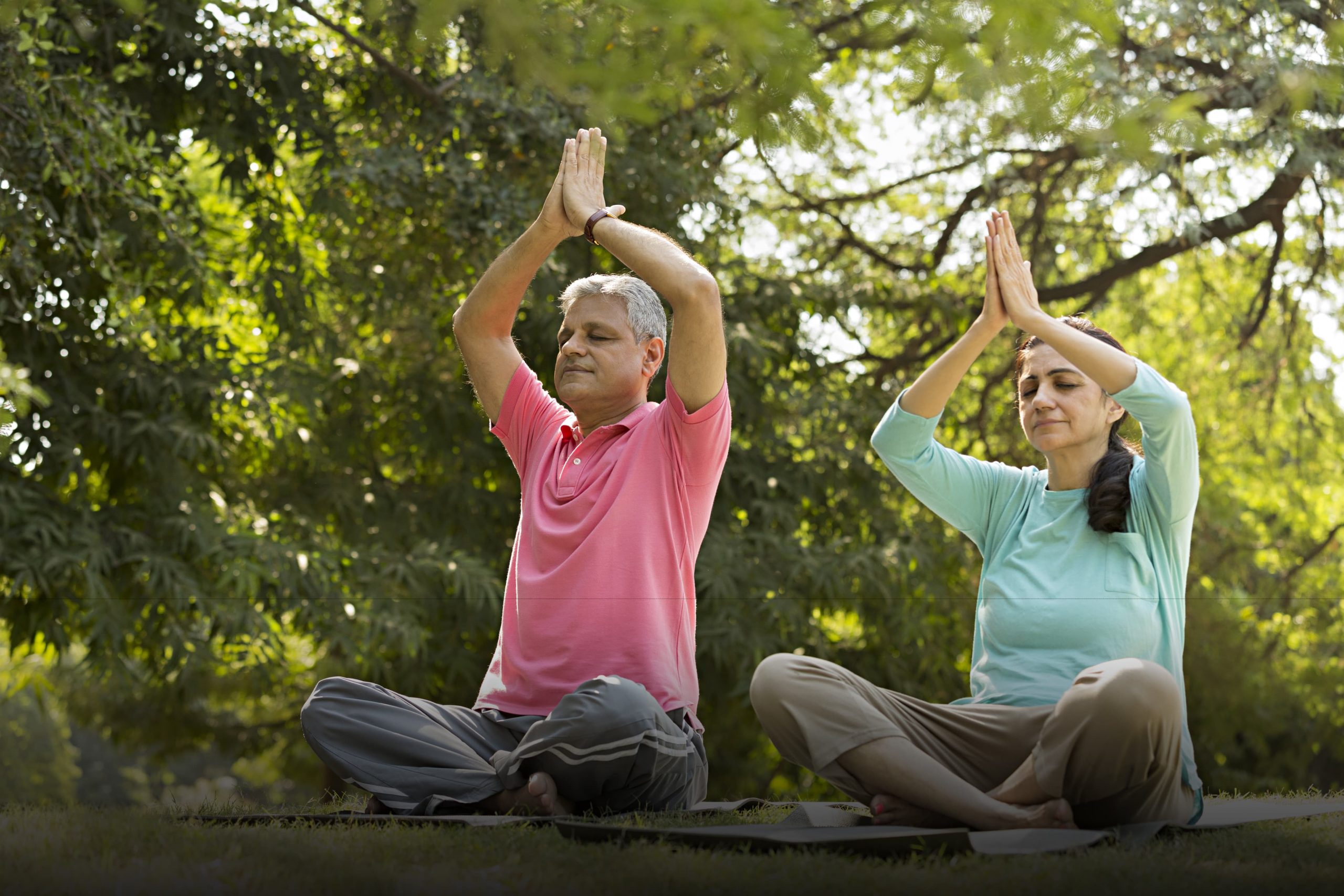As many of us continue to work from home amid Covid-19 lockdowns, here are 5 easy and therapeutic Yoga asana to exercise at home and better your breathing and meditation which in turn can work wonders for your mental health
From increasing body awareness to creating mental clarity and calmness, Yoga is backed with health benefits that even improve a person’s mental well-being. The adverse effects of Covid-19 lockdowns, packed with job insecurities and traumas of losing loved ones to coronavirus pandemic have affected our mental health which is why we need to turn to Yoga as it is therapeutic.
A Harvard research revealed that “Yoga brings mental benefits such as reduced anxiety and depression. What may be more surprising is that it actually makes your brain work better.” Since many of us continue to work from home, here are 5 easy Yoga asana to better your breathing and meditation which in turn can work wonders for your mental health and build mental clarity.
1. Siddhasana or Accomplished pose

Siddhasana or Accomplished pose(Photo by Patrick Malleret on Unsplash)
Method: This is the most easy pose of Yoga where you sit cross-legged with eyes closed deep in meditation and hands resting on your knees. Sit with your toes tucked into your thighs and set your feet side by side while keeping your knees wide and eyes closed in a meditative pose to ace the seated asana.
Benefits: Siddhasana or Yoga’s Accomplished pose or Siddhi’s pose is ideal position for meditating. It is excellent for increasing flexibility in hips and groin/inner thigh muscles.
It not only opens the practitioner’s hips, chest and shoulders but also lengthens the spine, improves posture, stretches the front of the ankles, strengthens calf muscles, activates the chakras, keeps the mind alert, reduces stress and anxiety and helps to balance the activities of the reproductive organs.
2. Anjaneyasana or Low Lunge or Crescent Moon Pose

Method: Start in a downward dog. As you exhale bring your right foot forward and place it in between your hands aligning the right knee and heel in a straight line. Lower your left knee to the ground. Slide it back if needed till you feel a comfortable stretch in your left thigh.
Inhale and lift your chest upright, taking your arms upwards, either parallel to each other or palms joined. With every exhale, bend deeper into the pose, pressing your tailbone towards the floor. If possible, take your head back and look up. To come out of the pose, go back into the downward dog and repeat on the other side.
Benefits: This asana improves flexibility around your shoulders and neck. The pose gives a deep stretch to the hips, thighs and groins.
It helps to stretch and open the chest and shoulders, provides recovery post-workout and boosts energy while consciously working to better the body posture. The asana also improves the balance of the body.
3. Paschimottanasana or seated forward-bend
Method: Begin with Dandasana and place a strap around the feet while grasping them by the hands if the back is stiff. Ensure that your knees are slightly bent and legs stretched out forward.
Then inhale and extend your arms straight out to the sides and up over your head, reaching toward the ceiling while keeping your spine erect. As you exhale and empty your stomach of air, begin to come forward by hinging at your hips and place your upper body on your lower body.
Lower your arms, grip your big toes with your fingers and try to touch your knees with your nose. Remember to lengthen your spine on each inhale and deepen into your forward bend on each exhale.
Benefits: Though seemingly easy, it offers loads of benefits especially for those suffering from high blood pressure and diabetes. One of the major health benefits is that it calms the body and relaxes the mind. It also helps circulate fresh blood to the head thereby relaxing the mind and reducing insomnia, depression and anxiety.
4. Setubhandhasana/Setu Bandha Sarvangasana or the Bridge pose

Setubhandhasana/Setu Bandha Sarvangasana or the Bridge pose(Twitter/FitnessMana)
Method: Lie down on your back with legs straight on the floor, palms beside your thighs. Bend both your knees while keeping the legs and hips apart and bring the heels closer to the hips.
Inhale and lift your stomach and chest up by taking your hips off the floor. Give support to your lower back with your hands. Now straighten your legs with your toes pointing in the front. Hold this position for 10 to 15 seconds and release.
Benefits: This variation also known as the Bridge pose stretches the chest, neck and spine. It not only strengthens the back, buttock and hamstrings but also increases blood circulation, alleviates stress and calms the brain.
5. Viparita Karni or legs-up-the-wall pose

Method: Lie straight on your back. Join both the legs and lift them up. Take the legs slightly behind to lift your lower back. Support the back by placing the palms on the lower back with elbows on the ground. Keep the legs perpendicular to the floor and your back inclined at an angle of 45-60 degrees with the floor. Breathe normally. Begin with 1-minute and then slowly increase the duration of practice to 10 minutes.
Benefits: This asana enables quicker movement of water from the small intestine to the larger intestine, which cleanses the stomach. It is also a great practice to stimulate the hormone system and strengthen the core. It allows you to completely relax your mind and body and helps to cool it down while refreshing the circulatory system.





































